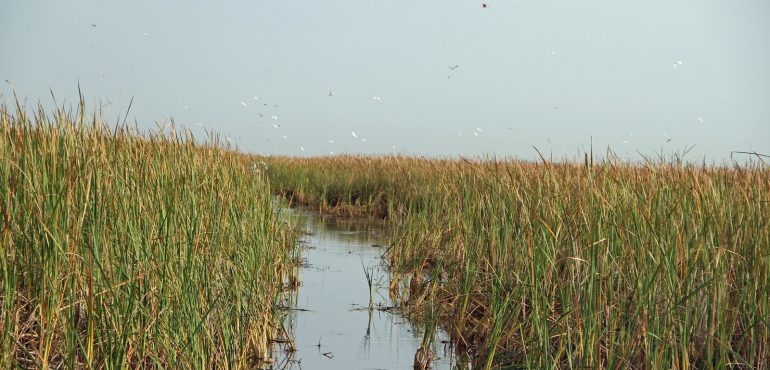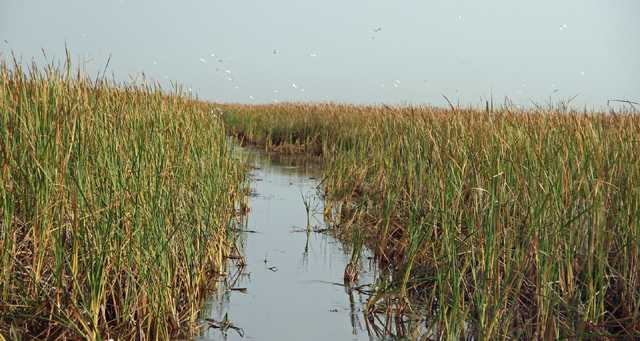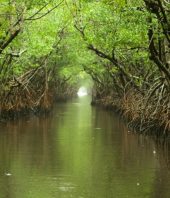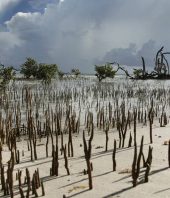The Florida Fish and Wildlife Conservation Commission voted unanimously Wednesday in Weston to push state and federal agencies to adopt a high-water emergency policy to protect plants and animals in the central Everglades.
The panel backed the plan developed by commissioner Ron Bergeron — its Everglades point man — calling for time and depth limits on water levels in the vast state conservation area that lies between I-75 and Tamiami Trail and a “tool box” for sending excess water south to Everglades National Park. Bergeron said prolonged high water levels spell disaster for the endangered Florida panther and other animals squeezed together on tree islands and levees to compete for shrinking food and habitat.
Bergeron said wildlife can not survive completion of various Everglades restoration projects over the next 30 years unless water levels are regulated in the interim.
“What I’m looking for is an emergency policy to protect the environment while we accomplish the largest environmental restoration in the history of the world,” Bergeron said.
Following Bergeron’s lead, the FWC recommended water levels in the central Everglades have an average maximum depth of two feet during the wet season to near ground level during the dry season; maintain a gradual rate of water level increase and decrease, and limiting higher-than-average water levels to no more than 60 days. The commission also pledged to meet with representatives of other state and federal agencies involved in Everglades restoration to develop a “tool box” for sending excess water south through Everglades National Park to Florida Bay during high-water emergencies.
The proposal drew enthusiastic support from members of outdoors recreation groups at the meeting, but state and federal water managers balked.
Ernie Barnett, assistant executive director of the South Florida Water Management District, and Col. Tom Greco, deputy district commander of the U.S. Army Corps of Engineers, both said they must consider downstream impacts, such as flooding of homes and businesses, and water quality, before pushing water south of the Trail into the park. Barnett said construction projects to re-establish historic sheet flow from the water conservation areas south to the park will provide the most immediate relief, but he acknowledged they won’t be complete in time for the 2014 wet season.
“This is a huge issue and we are not getting the response we want,” commission chairman Richard Corbett said. “Push this up on top. It’s an emergency.”
With the commission’s support, Bergeron said he wants to go to Washington to meet with top officials of the Army Corps and Department of Interior to hammer out a high-water policy for the central Everglades.
Said Bergeron: “When you have a state of emergency in urban areas, you can deviate so people can get back to their lives. We’ve got to have an emergency policy for our environment to keep it alive.”







